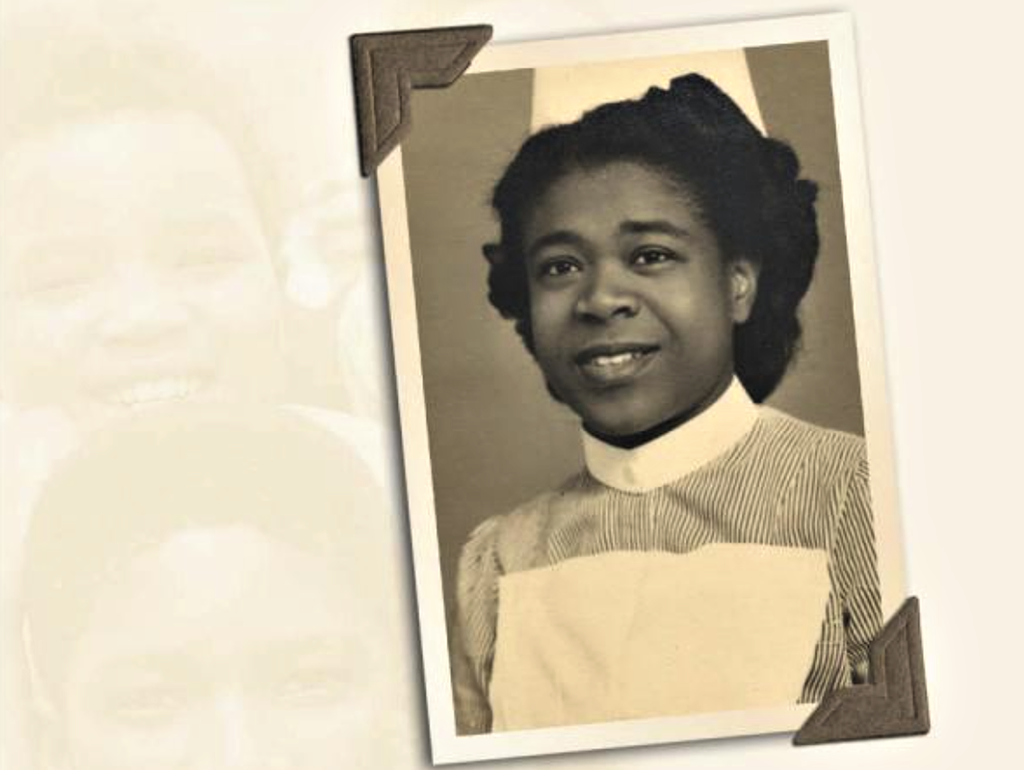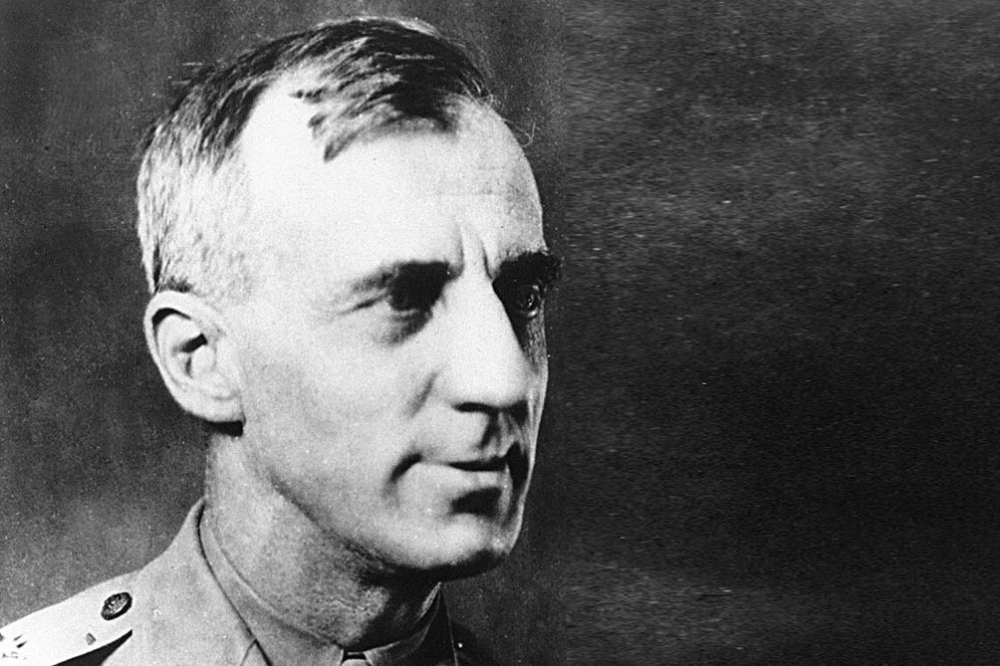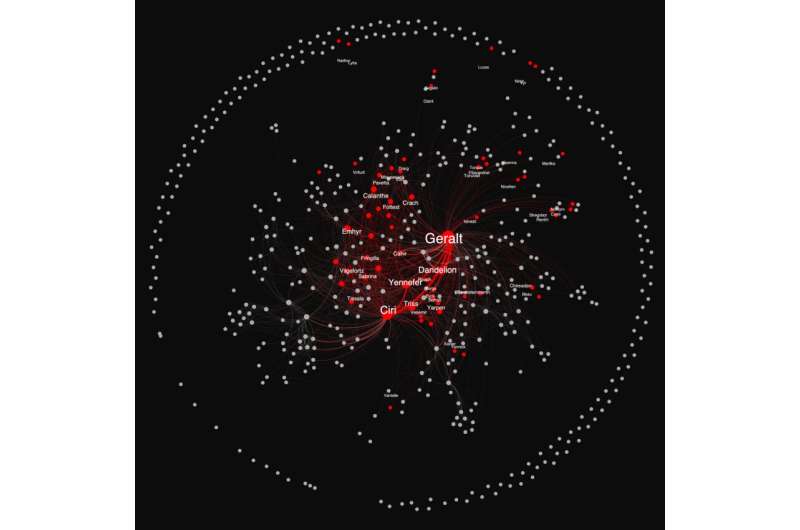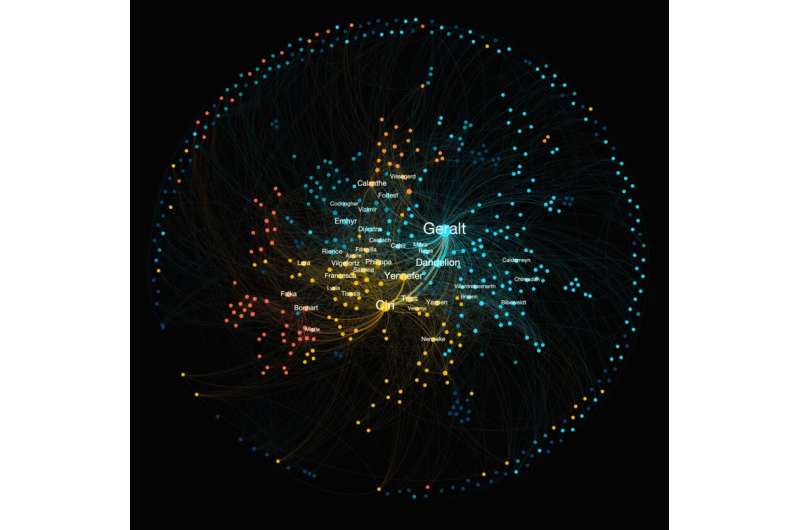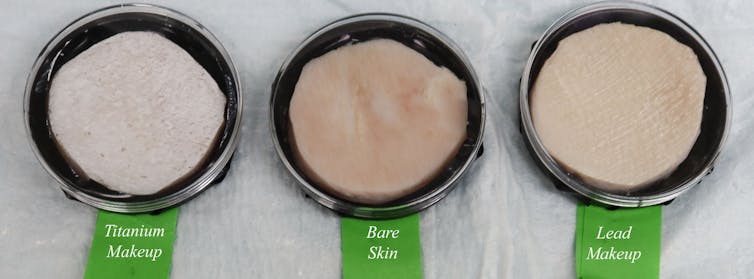War in Ukraine
(Statement of the Internationalist Communist Tendency)
We reproduce here and make our own the international Declaration that the Internationalist Communist Tendency (ICT) has just adopted. In the face of imperialist war, the affirmation and defense of consistent proletarian internationalism – that is, to the point of revolutionary defeatism against "one's own" bourgeoisie – is the first task of communist minorities. That we can, on this occasion, speak with one voice can only strengthen the internationalist camp – its class unity – and its reach into the proletarian ranks. But above all, we want to support the general, but nevertheless concrete, orientations that the ICT puts forward and that we, for our part, do not cease to put forward because they correspond to the stakes of the present historical situation and course, which are basically determined by the alternative international proletarian revolution or generalized imperialist – and nuclear – war.
Crisis and war feeding each other “ are creating fertile ground for the revival of the class war ”, the comrades rightly say. In parallel, or more precisely in close connection with this perspective, we revolutionaries must “ devote our energies to building the international revolutionary party so that it can bring its tactics and strategy to the wider working class. ” In doing so, the united defense of proletarian internationalism and the slogan of revolutionary defeatism become, and must become, a moment of the struggle for the communist party of tomorrow.
This is also why we support and endorse the Declaration of the ICT.
The IGCL,28 February 2022
War in Ukraine: Imperialist Rivalry in a Global Economic Crisis
No War but the Class War! Neither NATO nor Putin!
(Statement of the Internationalist Communist Tendency)
The war in Ukraine goes on. Despite some hesitation by Germany, France and Italy, Putin calculated that the US and Western allies (NATO) would not give up on their economic and financial sanctions, or recognise Russia’s acquisition of Crimea via a "referendum". More importantly, he recognised Biden's (and Zelensky's) desire to incorporate Ukraine into NATO. If that happened, Russia would have the missiles in their backyard. It was a risk that Putin was not prepared to take, not only for the sake of national security, but also to maintain his "lifetime" presidency, as well as Russia’s role of gas and oil supplier to Europe. Last, but not least, Putin does not want to look as though he had lost across the board without even putting up a fight. Plan A was to use diplomatic "weapons" alongside military deterrence (movement of troops on the borders of Ukraine) to frighten the Zelensky government whilst pushing the two separatist republics of Donetsk and Luhansk in the Donbas, with their strategic ports in the Azov Sea and rich coal mines, towards self-determination.
Plan B (the actual invasion of Ukraine) was dramatically put into effect when all the assumptions of plan A failed due to Biden's negative response to all of Putin’s demands. Moreover, even though it is marginal to the strategic competition between the two imperialisms, we should also remember that the American
President is on the threshold of mid-term elections and his approval ratings are considerably down.
Therefore, pushing Russia to this "extreme" act is a sort of victory which will inevitably bring old Europe closer together, away from Russian energy blackmail (with more sales for US gas from fracking) and closer to the US as the military links within NATO are reinforced. But at the same time it is compelling Russia to extend its growing links with China. Imperialist confrontations are thus now all the more dangerous.
We are chronicling a war that was widely anticipated and that simple common sense could have avoided.
But common sense is not an economic category. It does not belong to the inalienable interests of the imperialists in question, interests which, in order to be achieved, can quite possibly lead to war. Neither does common sense govern the actions of a capitalism which is increasingly in crisis, much less imperialism as a whole which inevitably takes on aggressive forms.
A New Historical Phase
In this historical phase we have to deal with three aspects which are dramatically part of every war, whether or not in the Middle East, whether they are oil wars, strategic conquests or proxy wars.
The first aspect concerns the lack of a political movement strong enough to counter the crises of capitalism and the ensuing wars which are the temporary "solution" to its contradictions. The scattered revolutionary organisations are not, at the moment, a strong enough political reference point to pose an alternative to the barbarism of capitalism.
The second aspect is inextricably linked to the first. In the absence of a revolutionary political party, in the absence of a mass mobilisation against war and the crises of capitalism that generate wars and the ruling class ideology that justifies them, the massacre of proletarians, wage workers, used as instruments of war themselves, becomes an unavoidable consequence.
The third point concerns the weapons the bourgeoisie uses to oblige masses of workers — whose labour-power in peacetime is exploited to the last drop — to become ‘cannon fodder’ in times of war. Somehow the masses fall in with the interests of capital which are, by definition, opposed to theirs. These weapons are many and varied: they range from the use of organised religion, the idea of "exporting democracy" in order to overthrow dictatorships which, paradoxically the same powers have financed, and politically supported, if not armed to the teeth until that time. Last but not least, imperialism plays the nationalist card. In this case, nationalism of the "Great Russian" variety. Before the war the game had worked perfectly. Putin has always appealed to the unity of the Slavic people of "Greater Russia" as a single ethnic group under a symbolic single homeland. Russians, Belarusians and Ukrainians, up to the Maidan uprisings (2014) that brought down the pro-Russian Yanukovych, were blood brothers for Putin. They were to be treated as part of an ethnic nationalism as false as its promoter, but functioning in the interests of Russian
imperialism.
Once the war began, the nationalist card was used for the Russian-speaking populations of Donbas, inciting them to secede from Ukraine with military support from the "Russian Motherland" to punish the renegade Ukraine.
The NATO powers have responded with increased sanctions with the aim of further embarrassing Russia, but in doing so could also embarrass important members such as Germany, France and Italy. NATO secretary Stoltenberg is threatening to intervene militarily if an allied country is threatened. Meanwhile, the Moscow-Beijing axis has been strengthened. The oil sanctions on Nord Stream 2 would be replaced by
Russia's oil and gas exports to China and the Chinese "silk road" project would continue to have Russia itself as one of its terminals.
The Revolutionary Response
These are facts created by imperialism. Their moves, their goals. There is no choice for revolutionaries. We do not stand with NATO for the defence of a false democratic freedom. We do not support Russia in the name of vital strategic interests or ideological nostalgia that would like to revive the glories of a non-existent socialism despite a first, unique and inspiring, proletarian revolution in 1917. By the 1920s due to the failure of the international revolution it was isolated and defeated. In this regard, it should not be forgotten that fringes of pseudo-communists and the left around the world "cheer" for Russia when imperialist forces come to blows, simply because they oppose American imperialism. They never ask what Russia is today, or pose the question of internationalism and of the class war, and its possible revival. In terms of the outlook for the international working class, currently things are not going well. Though strikes are rising they are few and far between. Many are sectional and thus easily prevented by the trade unions from developing a deeper questioning of a capitalism in crisis. Political organisations capable of significantly putting forward a social alternative to capitalism do exist, but as yet do not have the strength to affect the wider working class which, at the moment, passively puts up with the dominant ideology of their respective national bourgeoisies. But the crisis goes on. Its impact is already creating a new wave of attacks on workers everywhere. These attacks and the increasing danger of all-out war are creating fertile ground for the revival of the class war.
Our revolutionary response to the barbarism of imperialism is to devote our energies to building the international revolutionary party so that it can bring its tactics and strategy to the wider working class and so fight against the death grip of nationalism, the revival of bourgeois-democratic ideology, and fake “socialist” myths (such as the possibility of “socialism in one country”). In this way the international working class will be able to take the revolutionary path to genuine socialism against all the capitalist exploiters, all imperialisms and their wars. In the meantime imperialism offers us only more barbaric tragedies: wars, famine, death, ethnic cleansing and genocide, refugees in search of a better world that does not exist but which still has to be built. This is the task of the world working class. Our war is the class war to rid the world of these atrocities.
Internationalist Communist Tendency, 27 February 2022

